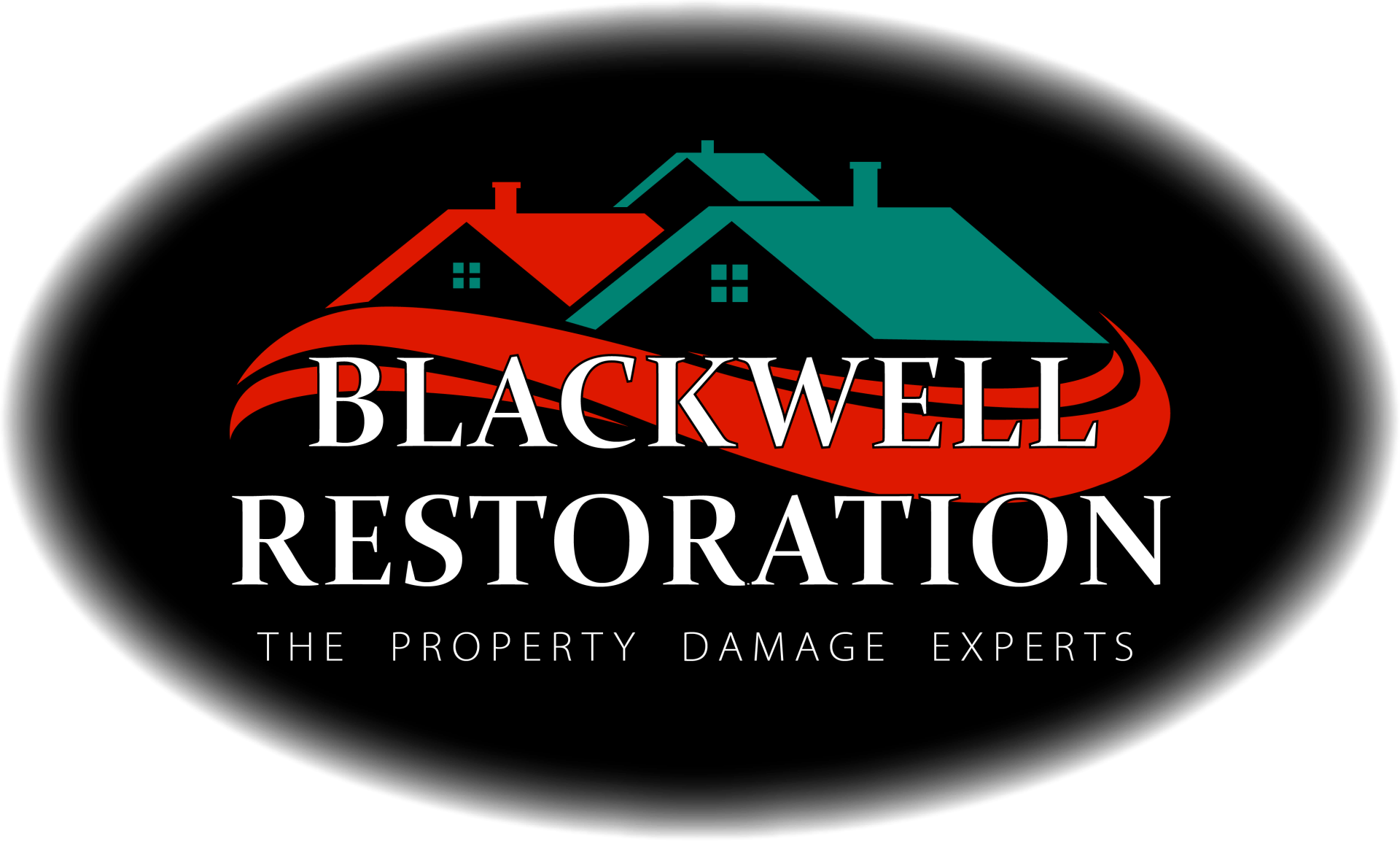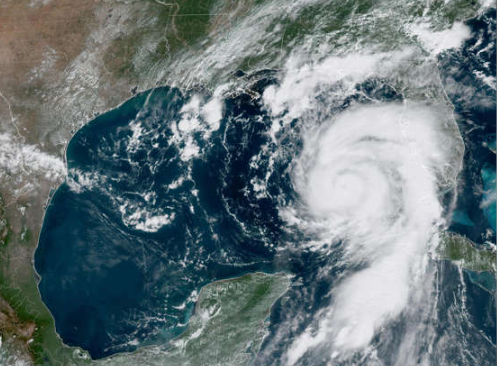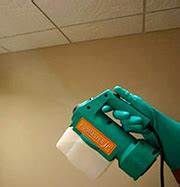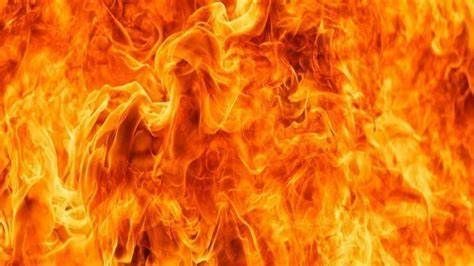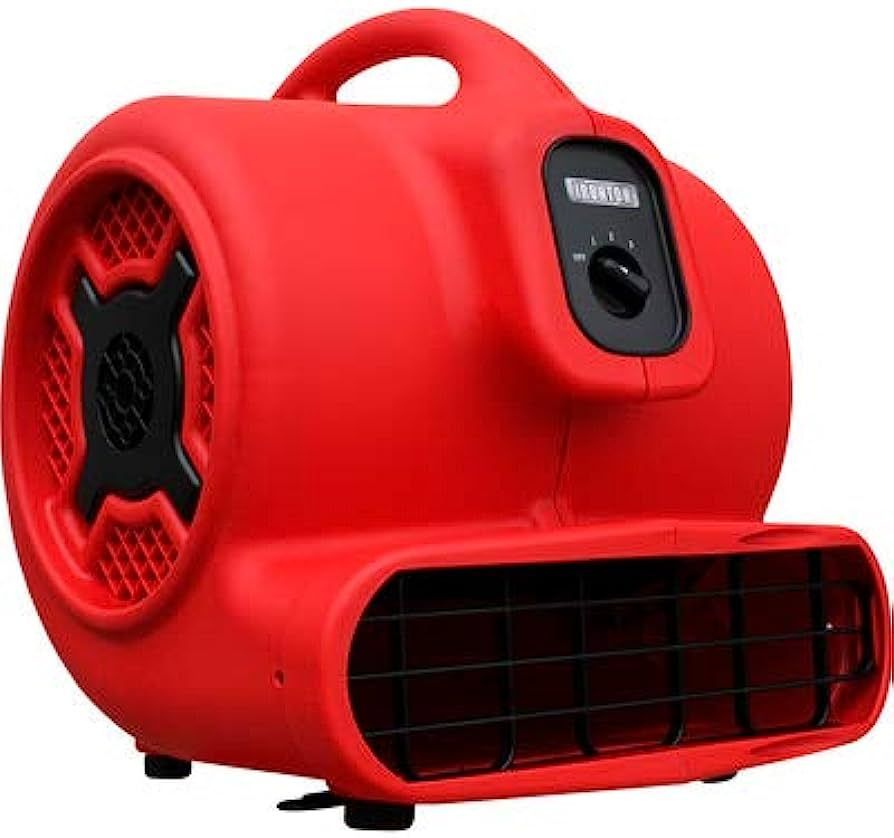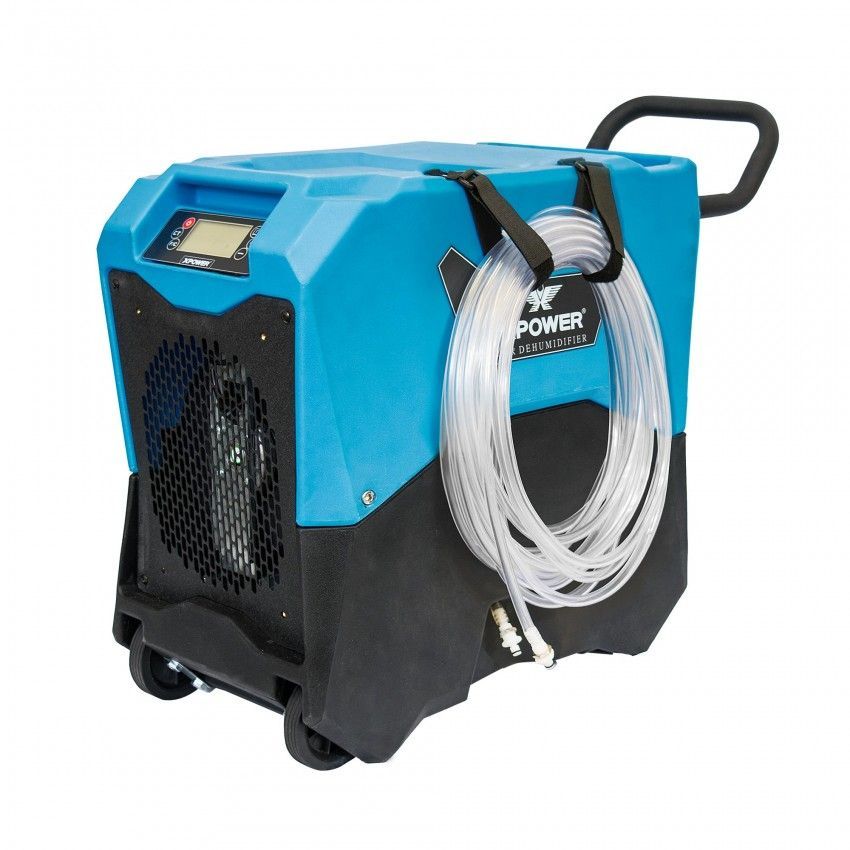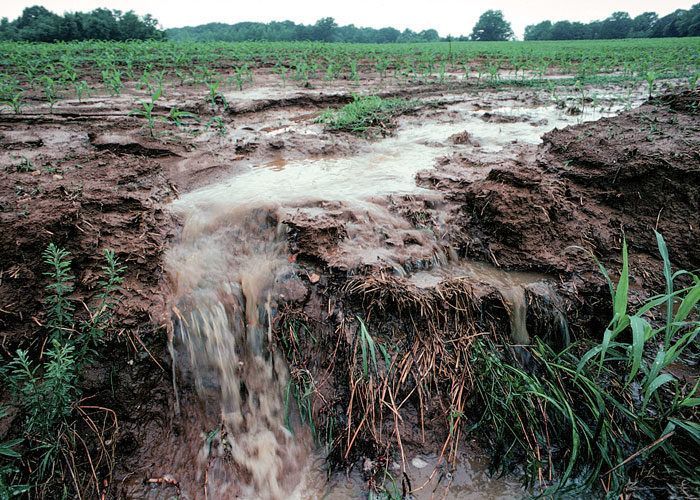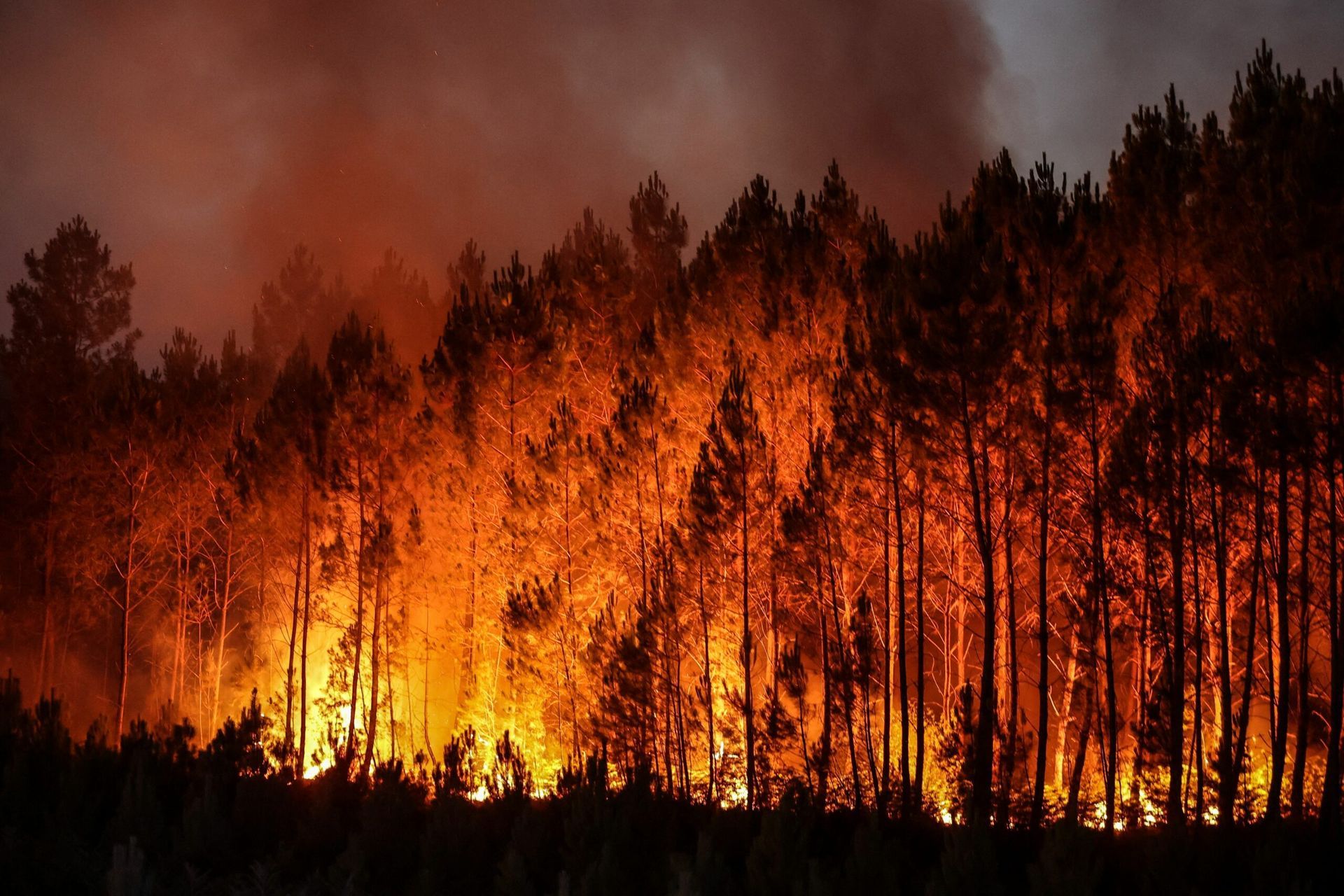Available 24/7
GET IN TOUCH
Available 24/7
Understanding, Preventing, and Combating Mold Growth
Kaitlyn Cicchino • Jun 16, 2023
Battling Mold Growth During the Summer Season
As the summer season reaches Bucks County, we eagerly anticipate warmer weather, longer days, and outdoor activities. However, with the rising temperatures and increased humidity, there is one unwelcome visitor that tends to thrive during this time: mold. Mold growth can pose health risks and damage property if left unchecked. In this blog post, we will explore the causes of mold growth in the summer season and provide useful tips to prevent and combat its presence in our homes.
Understanding the Causes:
1. Humidity: Summer brings higher humidity levels, creating a breeding ground for mold. Moisture in the air combines with organic matter to provide an ideal environment for mold spores to grow and reproduce.
2. Poor Ventilation: Insufficient airflow and inadequate ventilation can trap moisture indoors, leading to excessive humidity and stagnant air. Bathrooms, kitchens, and basements are common areas where mold thrives due to lack of proper ventilation.
3. Water Intrusion: Summer storms and heavy rainfall can result in leaks or water seepage into our homes. If not promptly addressed, these incidents can lead to lingering moisture that encourages mold growth.
Preventing Mold Growth:
1. Keep Indoor Humidity in Check: Invest in a hygrometer to monitor indoor humidity levels. Ideally, humidity should be maintained below 50%. If necessary, use dehumidifiers to reduce excess moisture in the air.
2. Enhance Ventilation: Ensure that your home is well-ventilated, especially in areas prone to moisture, such as bathrooms, kitchens, and laundry rooms. Install exhaust fans to remove humid air and promote airflow.
3. Regular Cleaning and Maintenance: Clean and inspect your home regularly, paying attention to areas where moisture can accumulate, such as windowsills, air conditioning units, and pipes. Promptly address any signs of leaks or water damage.
4. Control Condensation: Prevent condensation by using insulation on cold surfaces like pipes and windows. Use weatherstripping or caulk to seal gaps or cracks where warm air can meet cooler surfaces and cause condensation.
Combatting Mold Growth:
1. Quick Response to Water Intrusion: If you experience any water intrusion, promptly address the issue. Dry and clean affected areas thoroughly within 48 hours to prevent mold from taking hold.
2. Properly Ventilate and Dry Wet Areas: After showers, cooking, or using the washing machine, ensure adequate ventilation and allow the area to dry completely. Use fans or open windows to facilitate airflow and prevent moisture buildup.
3. Regular Mold Inspection: Conduct regular inspections in moisture-prone areas. Look for visible signs of mold, such as discoloration, musty odors, or fuzzy patches. If mold is discovered, consult a professional like Blackwell Restoration for safe and effective remediation.
4. Maintain Cleanliness: Regularly clean and disinfect areas susceptible to mold growth, such as bathrooms and basements. Use mold-inhibiting products when appropriate, following manufacturer instructions.
Mold growth during the summer season is a common challenge, but with proactive measures, it can be effectively managed. By controlling humidity, improving ventilation, and promptly addressing any water intrusion, we can create an environment that discourages mold growth. Remember to stay vigilant, conduct regular inspections, and seek professional help when needed. By taking these steps, we can enjoy a mold-free and healthy home throughout the summer and beyond.
Licensed | Bonded | Insured
Phone
Phone
Fax Number
(267) 374-4466
Fax Number
(267) 374-4466
Content, including images, displayed on this website is protected by copyright laws. Downloading, republication, retransmission or reproduction of content on this website is strictly prohibited. Terms of Use
| Privacy Policy
